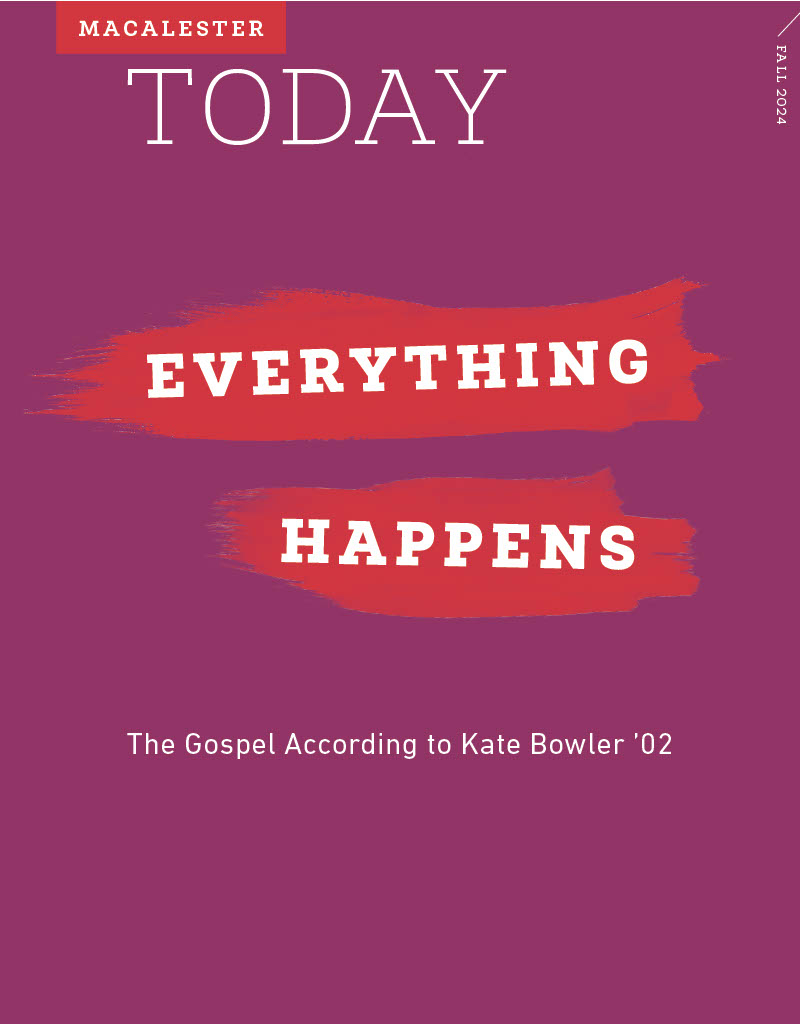
By Joe Linstroth
Following a contentious presidential election season and a recent series of Supreme Court decisions upending a number of legal precedents, the need to understand our nation’s constitution and the laws that have emerged from it seems more urgent than ever.
In political science professor Patrick Schmidt’s course, “US Constitutional Law and Thought,” students examine political dialogue in and around the idea of “the constitution” in an attempt to grasp fundamental questions about how American government is organized and operates.
You remark that “US Constitutional Law and Thought” is the “oldest course in political science.” What do you mean by that?
A century ago, the way we thought we understood countries was to begin from the study of their constitutions. That’s a reflection of where political science was in 1900. We thought that the constitution creates the society and that there’s some relationship between the structures that you have and the kinds of politics that you produce. Over time, political scientists inverted that by thinking that the big picture of what a country is about begins by how it grows up culturally and the norms you have, and how those become embedded in the constitution and the legal system.
This course is a way of understanding what we think the rule of law is. It’s also a study of the history, culture, and traditions of the United States as a political system.
What is a constitution?
One of the things I hope students will take from this class is confusion about what we think a constitution is, because Americans have a very fixed mindset. We are taught from a very early age that the constitution is our sacred document that writes down, in 4000-ish words, the core principles of American democracy. So we first take the idea that it has to be a written document. Then we think that it actually answers the questions that we want to ask of it like a Magic 8 Ball. Then we debate the right way to interpret that document. But we still think that if we only just get it right, we’re going to find the answers in it. And that is wholly ineffective as a way of explaining how we think our country operates and the rules it has.
What are the primary forces that have historically shaped the constitution’s development?
The most important thing we study is the way that Supreme Court justices have given interpretations that they believe, or at least pretend to believe, come from the text of the constitution. We rarely amend the document, yet it changes in unbelievable ways. And at times in American history, possibly 2024 as one of those years, the justices decide to take a radically different approach than they had taken for decades before.
Then you have to ask: How did they get there? And that’s where political scientists have a lot to understand. Presidential administrations change, and presidents appoint justices. How did the presidents get there? Who are the interest groups bringing the cases that the court is deciding? How do the American people, and our attitudes and our norms, affect what the constitution is? Understanding the way we make meaning in a political system is not about starting from a text and interpreting it. It’s about understanding how all these forces come together to collaborate in making the country that we have.
The one thing I want students to leave with is that what everyday people do, including what people can do through protests or movements, actually has a significant role in shaping the way the constitution gets interpreted and understood in practice over time.
Students who have taken this course have consistently remarked that it is “challenging but rewarding.” What aspects do students find rewarding?
Students find rewards at many different levels. At a liberal arts college level, it’s about constructing persuasive arguments from different kinds of resources that you have available to you. I think the mental map that it provides about the sweeps of American history is also really helpful. And in contemporary terms, it tells us what we’re fighting about. To be smart and savvy in making political arguments today, it’s very helpful to know what’s been tried and the hazards that lie down certain directions. It’s just like music. If all you knew was today’s pop music and you didn’t know how pop and rock emerged, you’d be worse off for it.
As a legal scholar, what interests you most right now with the Supreme Court?
What’s most satisfying is seeing all the law professors saying that the political scientists were right. Law professors almost need to have faith that there is a right answer for making constitutional judgments. But at some point, it seems to a lot of people, the recent court stopped caring about whether it was going to remain faithful to the old answers, and simply said: We’ve got new ones. Law professors have struggled with what that means for them. Many are saying explicitly that the only way to understand this court is with the toolkits that historians and political scientists have brought to this discussion—seeing where debates emerge, how they get constructed, how they get resolved, and how the fight continues. Not starting with the idea that there is a single answer, but instead looking at the constitution as a continuing struggle over the big questions of American government.
Joe Linstroth is director of media relations.
November 18 2024
Back to top





